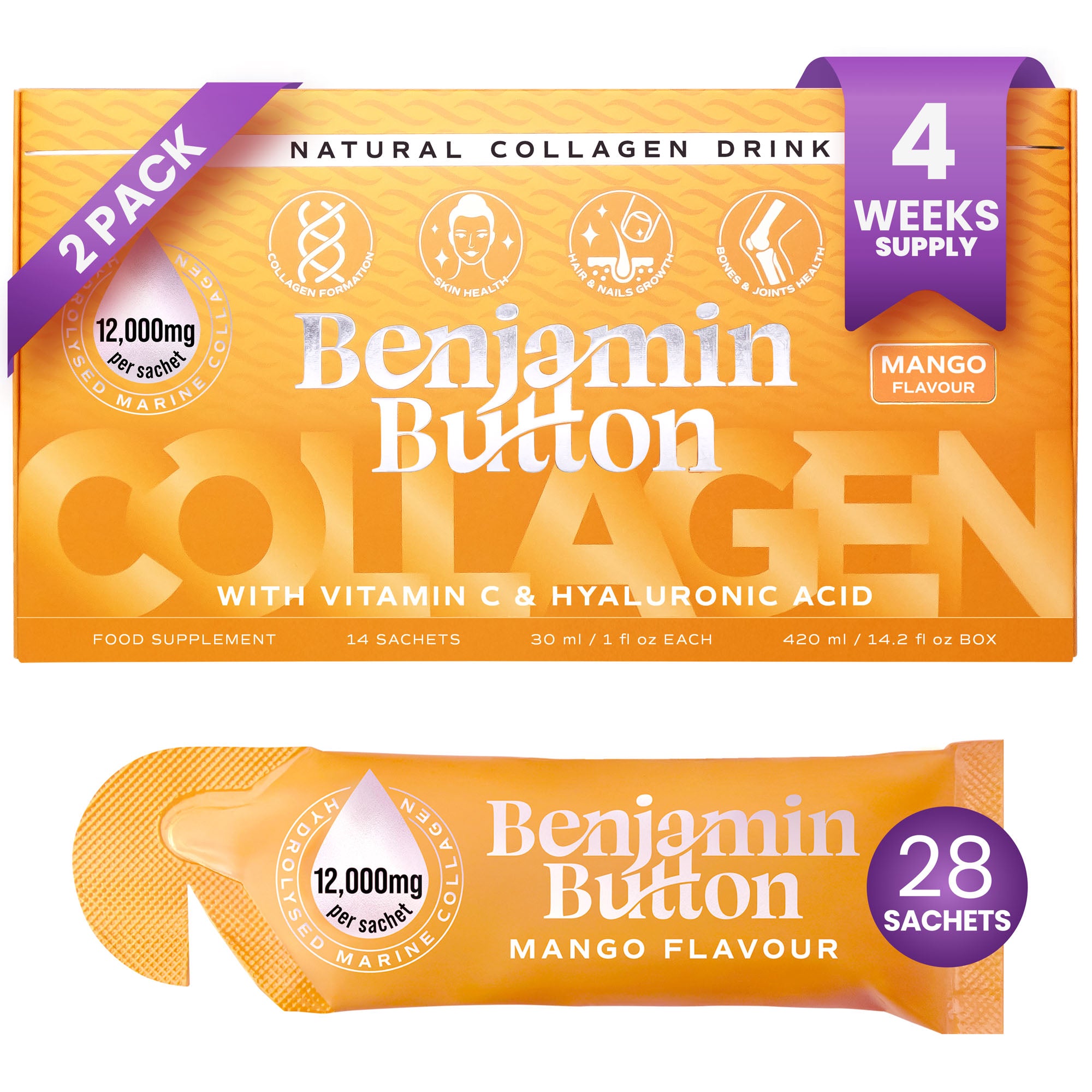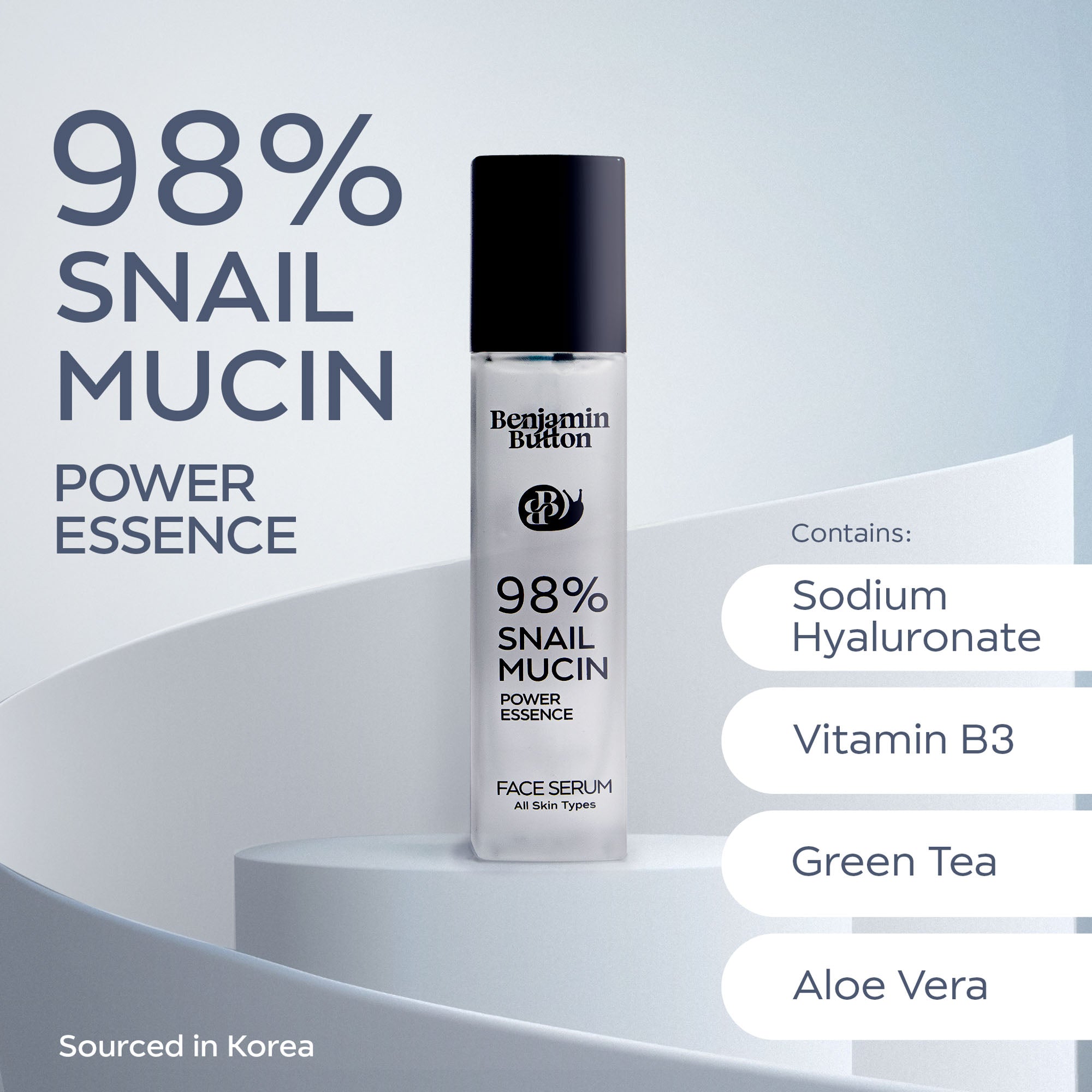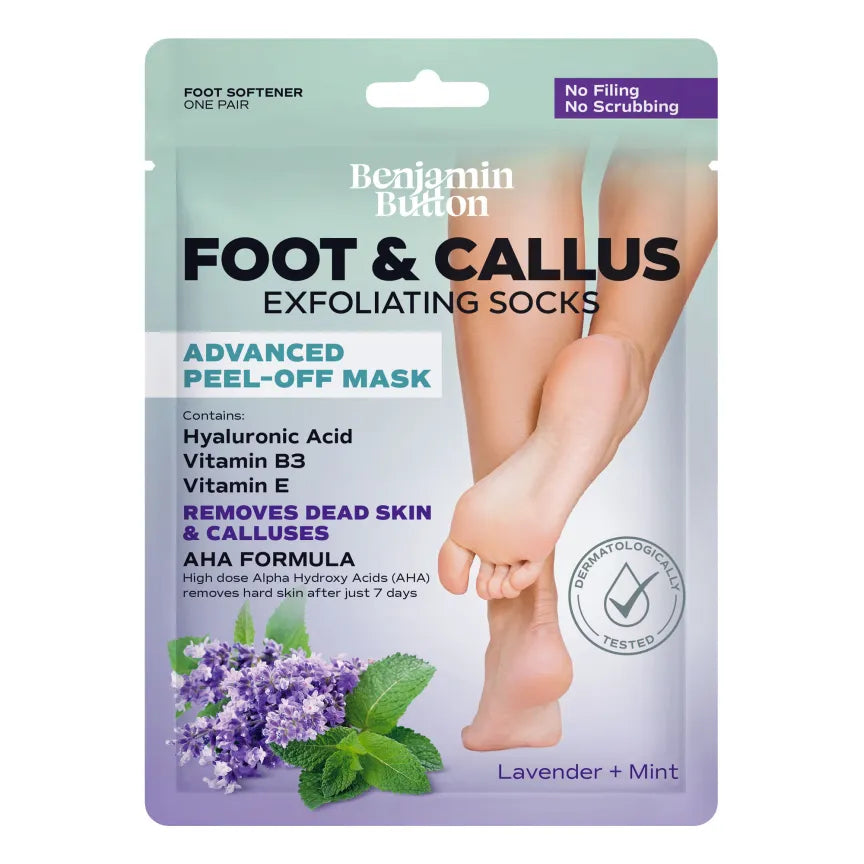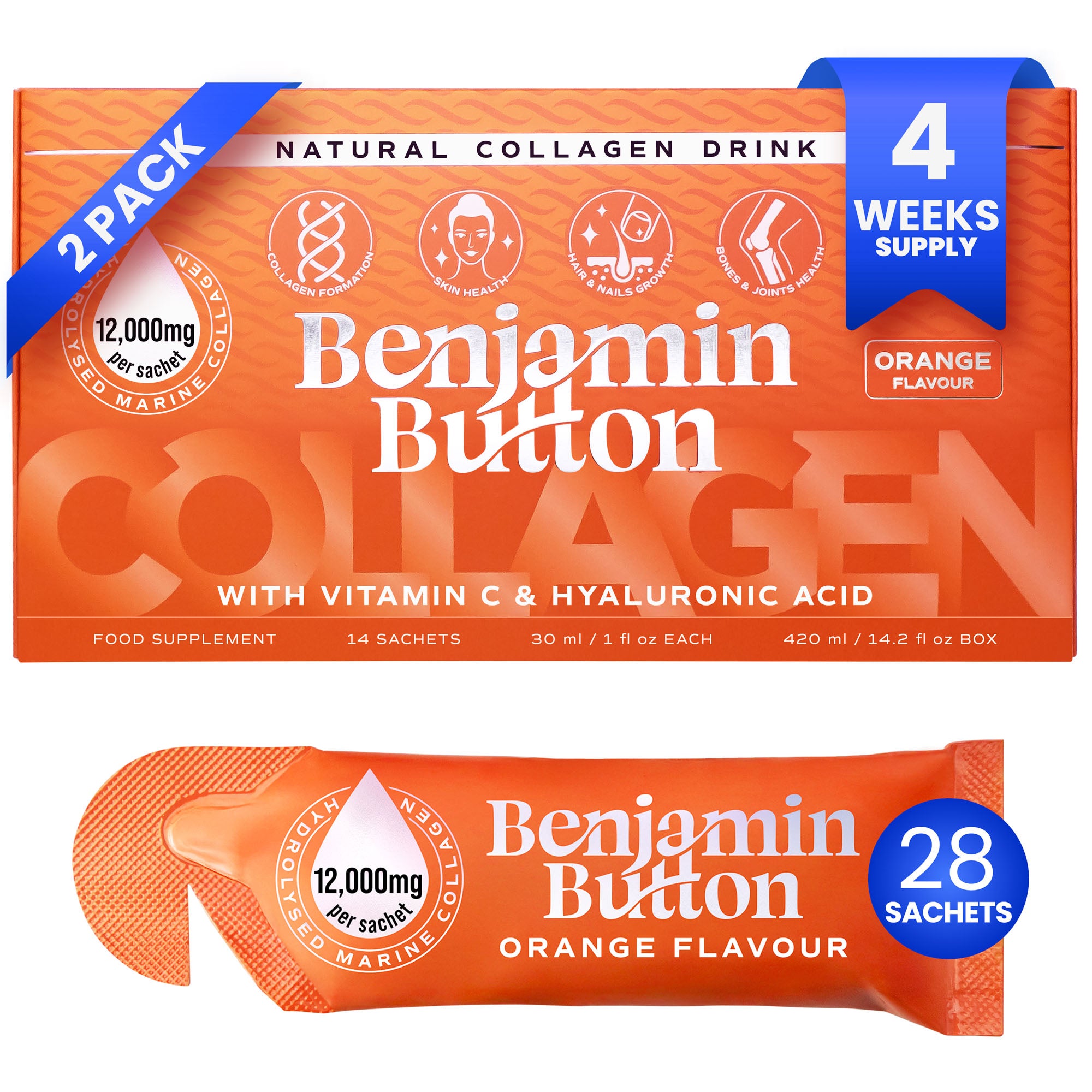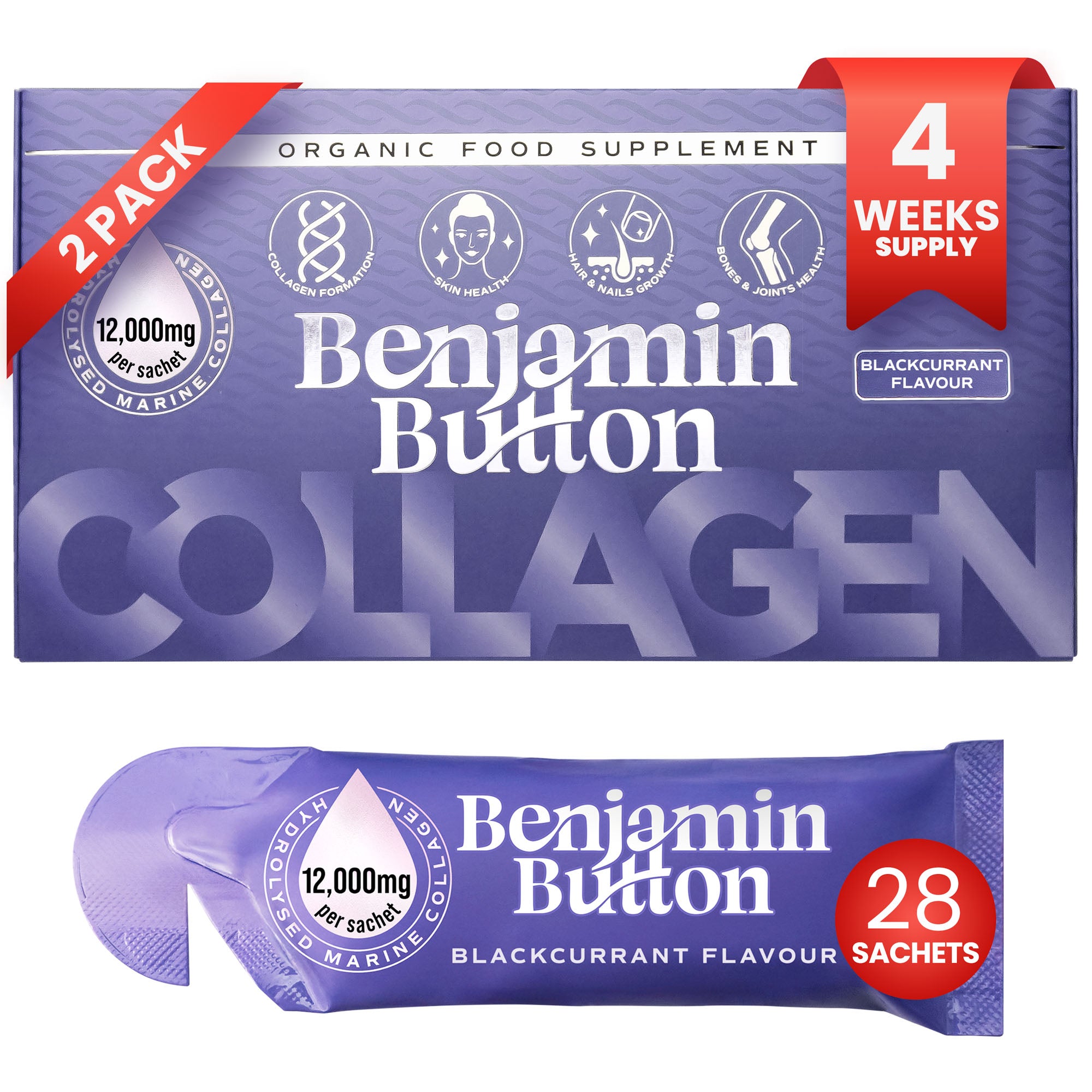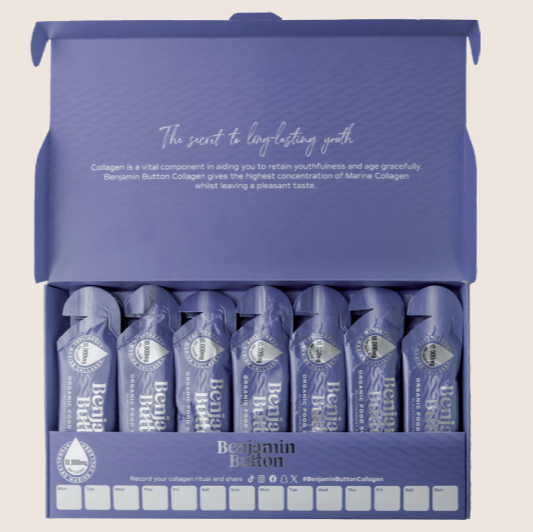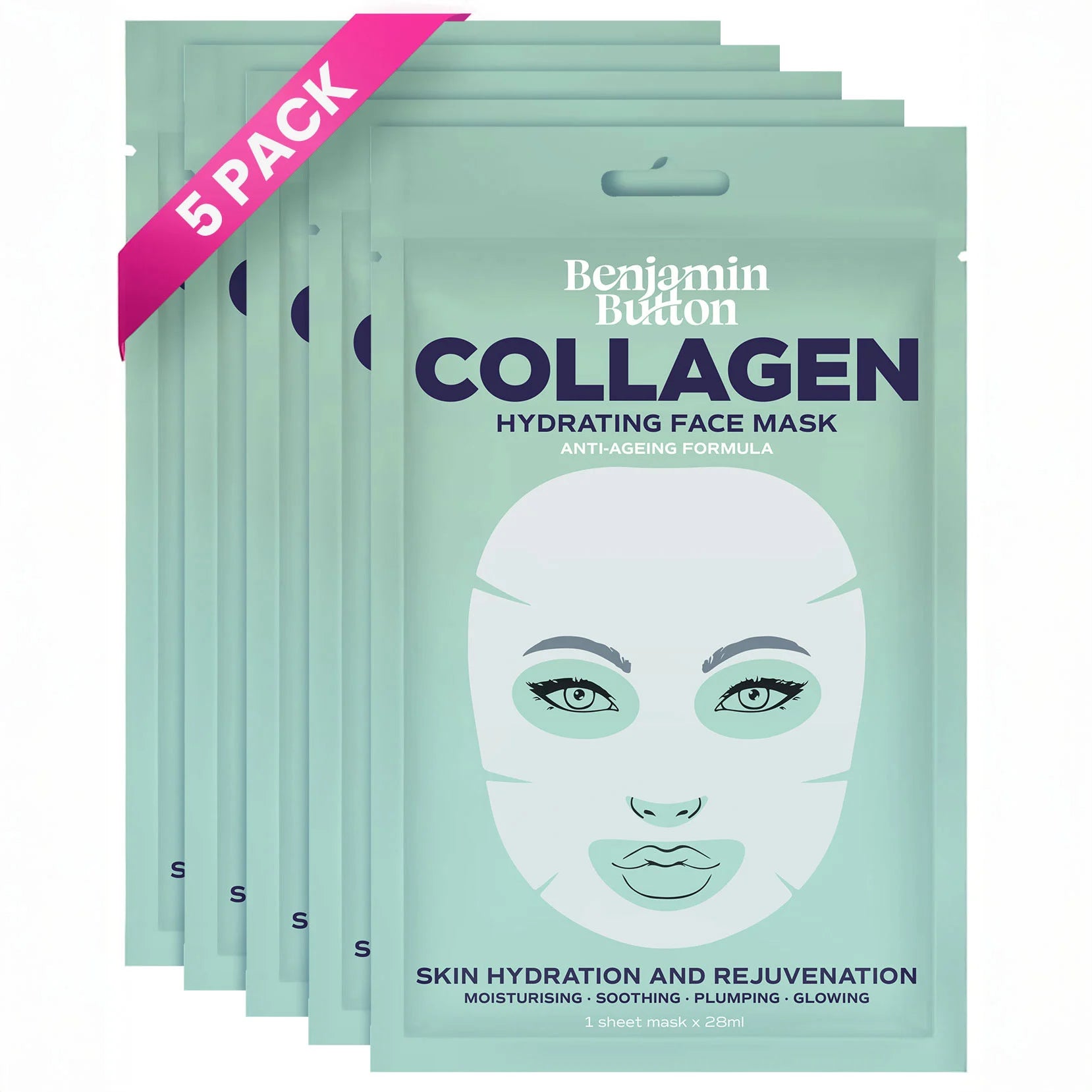Understanding Nausea After Drinking Coffee
Many people relish the invigorating boost that coffee provides, yet for some, it can lead to discomfort and nausea. This unwelcome response can detract from the pleasure of your morning ritual. Thankfully, there are several effective tips and strategies to prevent nausea after consuming this beloved beverage.Why Does Coffee Cause Nausea?
Before diving into the solutions, it's important to understand why coffee might cause nausea in the first place. Here are a few common culprits:- Acidity: Coffee is known for its acidic content, which can irritate the stomach lining and lead to an upset stomach.
- Caffeine: The caffeine in coffee can stimulate the production of stomach acid, potentially leading to discomfort.
- Empty Stomach: Drinking coffee on an empty stomach can amplify its effects, often resulting in nausea.
- Additives: Creamers, sweeteners, and other additives can also play a role in stomach sensitivity.










